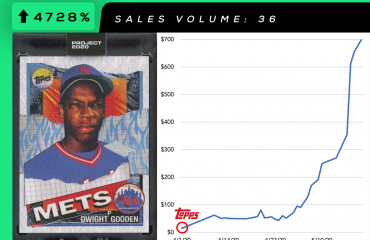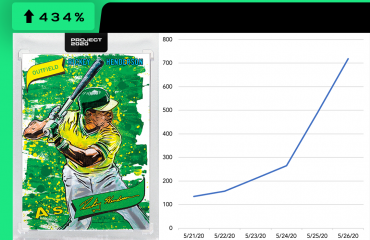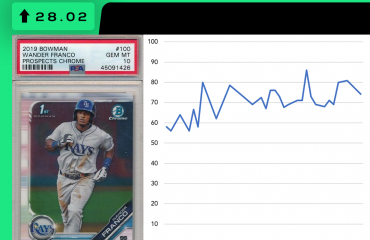Prospect Profile: Yordan Alvarez

When comparing the lists, there are some major differences that jump off the page with Gavin Lux (23 Fangraphs, 70 Pipeline) and Dustin May (21 Fangraphs, 68 Pipeline), but none bigger than Yordan Alvarez (43 Pipeline, 125 Fangraphs).
What can cause the big difference? Well, it stems from one major cause: Fangraphs projects him as a long-term designated hitter.
By the end of writing this article, we’ll see what source I agree with.
Prospect Overview
When looking at Yordan Alvarez’s tool set, it is pretty clear why Fangraphs projects him as a DH. They give him future grades of 55 hit, 55 game power, and 65 raw power. All above average to plus grades. When moving into the grades that make someone a 5-tool player, there’s a massive drop off with a 40 speed, 40 field, and a 45 throw.
For Alvarez’s stats, his 2018 season numbers look great. Between AA and AAA, he hit for a .293 AVG, 20 HR, and over a 10% walk rate at 20/21 years-old.
Digging into the differences between AA and AAA, it displays some cause for concern. While he split time evenly between the two levels, he struggled in AAA.
In AA, he hit .325 versus .259 at AAA. He also struck out 24.9% of the time at AAA, and had an ISO power below .200 (SLG – AVG). It is pretty clear why the struggles started. His line drive rate lowered to 25.2% (from 28.8%) and fly ball rate rose to 39.5% (from 29.6%). His spray chart stayed pretty constant (39.5 pull/26.9 cent/33.6 oppo), so hopefully that is a good sign for his offensive game.
While he played left field in 65 games last year, he also played first base in 20 games.
Prospect Outlook
Alvarez’s second half of 2018 definitely causes concern for his long-term outlook. If he isn’t able to prove early on he can lower his K-rate while driving the ball more, it makes his bat not as valuable. Considering the entirety of his 50 future value comes from his bat, it can’t falter.
Another factor going against Alvarez is the difficulty breaking through to the Astros. Currently, they have Michael Brantley, George Springer, and J.J. Reddick roaming the outfield with Kyle Tucker looming to scoop up a starting spot. Since it is looking like Alvarez will either be a first base or DH with his lack of fielding ability, either Gurriel or Tyler White would have to struggle for Alvarez to get time.
His all-around game will always be limited, so he will have to develop into one of the best bats in the minors to get big recognition. If his K-rate keeps trending up (like it has been over the past two years), it won’t be pretty. I see Alvarez slashing .260/.340/.450 this season.
At this moment, Alvarez probably won’t be up in the MLB until 2020. This season he will have to prove his bat can play in AAA to get a legit look out of camp next year
SlabScore: 19.47 (learn about it here)
Investment Outlook
If you couldn’t tell, I am not high on Alvarez. Not only am I low on him as a player, I am even lower on him as an investment. His increase in K-rate each season mixed with him being moved to first base or DH would scare me if I was an investor, especially at $50 to $60 for a base auto. I stay away from DHs even if they have great bats. Players need to do more than just hit to warrant a high price tag.
As always, a player can get hot and his prices can soar. Alvarez could be a player that could happen with; however, long-term I do not see Alvarez as a viable investment. I will never tell anyone to sell the cards they decided to purchase, but if I owned any Alvarez, I’d consider all of these arguments long and hard before staying invested.Previously on SlabStox: Tatis, Eloy, Alonso: Expectations, Best/Worst Case Scenarios, Predictions
Next on SlabStox: Opening Weekend Recap
Sign up for The Daily Slab email to get the most up-to-date sports card insights straight to your inbox.



